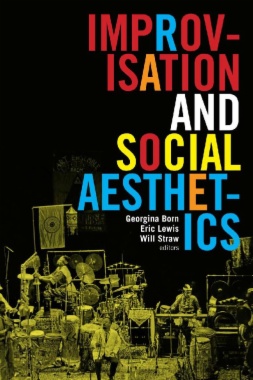Addressing a wide range of improvised art and music forms—from jazz and cinema to dance and literature—this volume's contributors locate improvisation as a key site of mediation between the social and the aesthetic. As a catalyst for social experiment and political practice, improvisation aids in the creation, contestation, and codification of social realities and identities. Among other topics, the contributors discuss the social aesthetics of the Association for the Advancement of Creative Musicians, the Feminist Improvising Group, and contemporary Malian music, as well as the virtual sociality of interactive computer music, the significance of "uncreative" improvisation, responses to French New Wave cinema, and the work of figures ranging from bell hooks and Billy Strayhorn to Kenneth Goldsmith. Across its diverse chapters, Improvisation and Social Aesthetics argues that ensemble improvisation is not inherently egalitarian or emancipatory, but offers a potential site for the cultivation of new forms of social relations. It sets out a new conceptualization of the aesthetic as immanently social and political, proposing a new paradigm of improvisation studies that will have reverberations throughout the humanities.
Contributors. Lisa Barg, Georgina Born, David Brackett, Nicholas Cook, Marion Froger, Susan Kozel, Eric Lewis, George E. Lewis, Ingrid Monson, Tracey Nicholls, Winfried Siemerling, Will Straw, Zoë Svendsen, Darren Wershler

